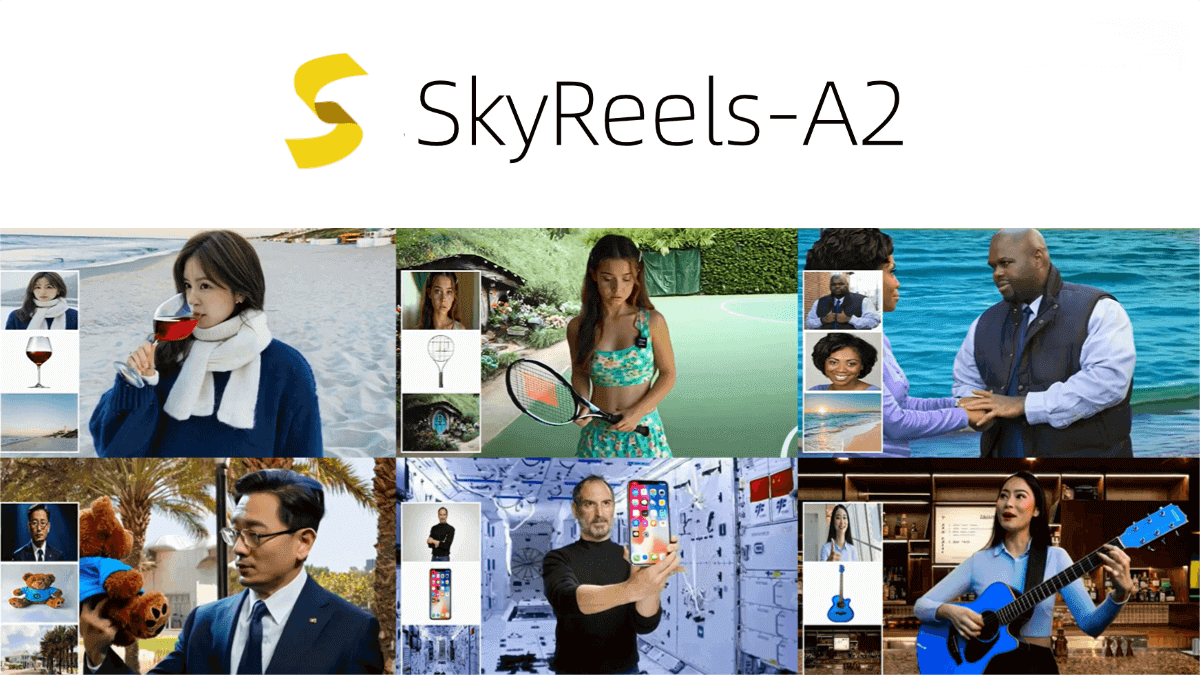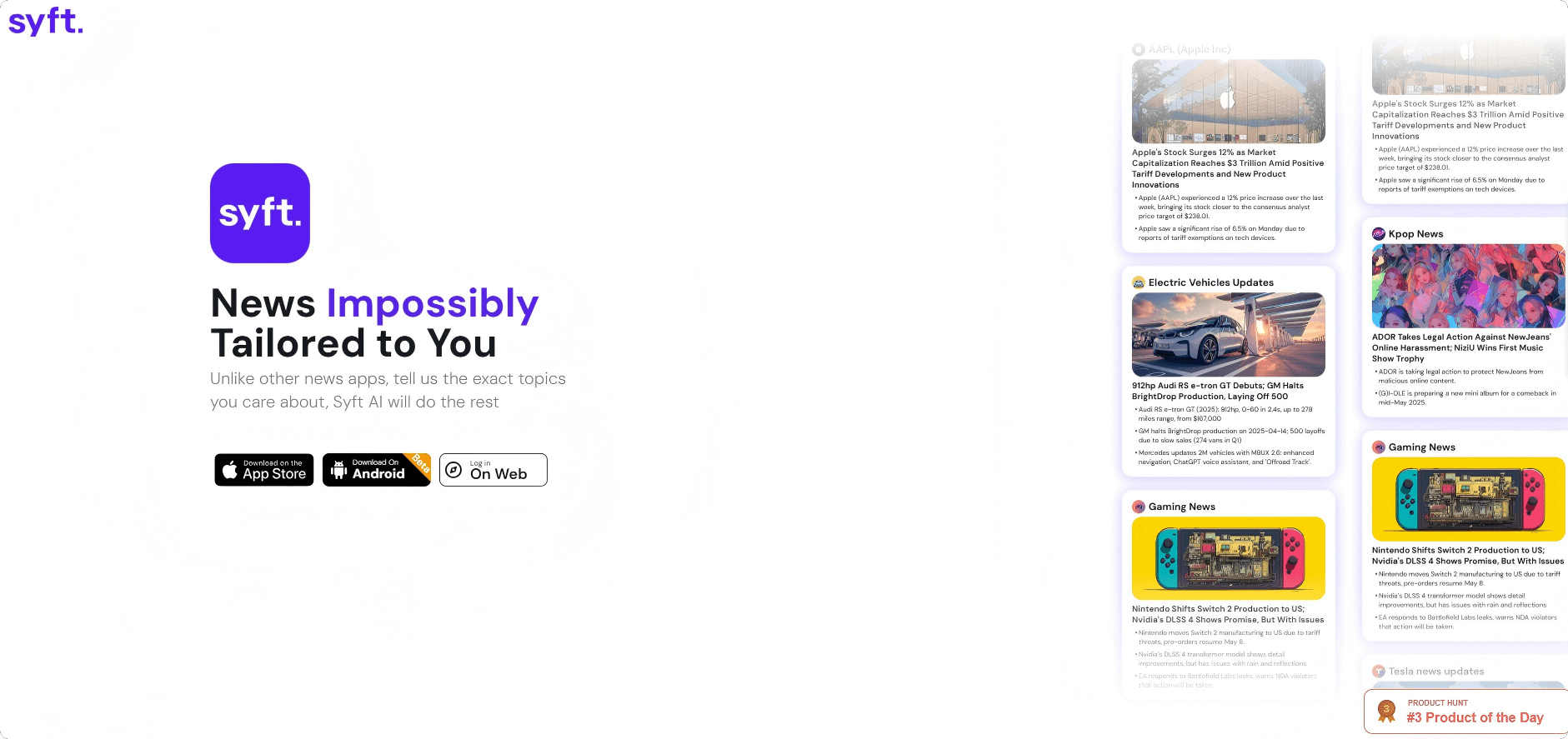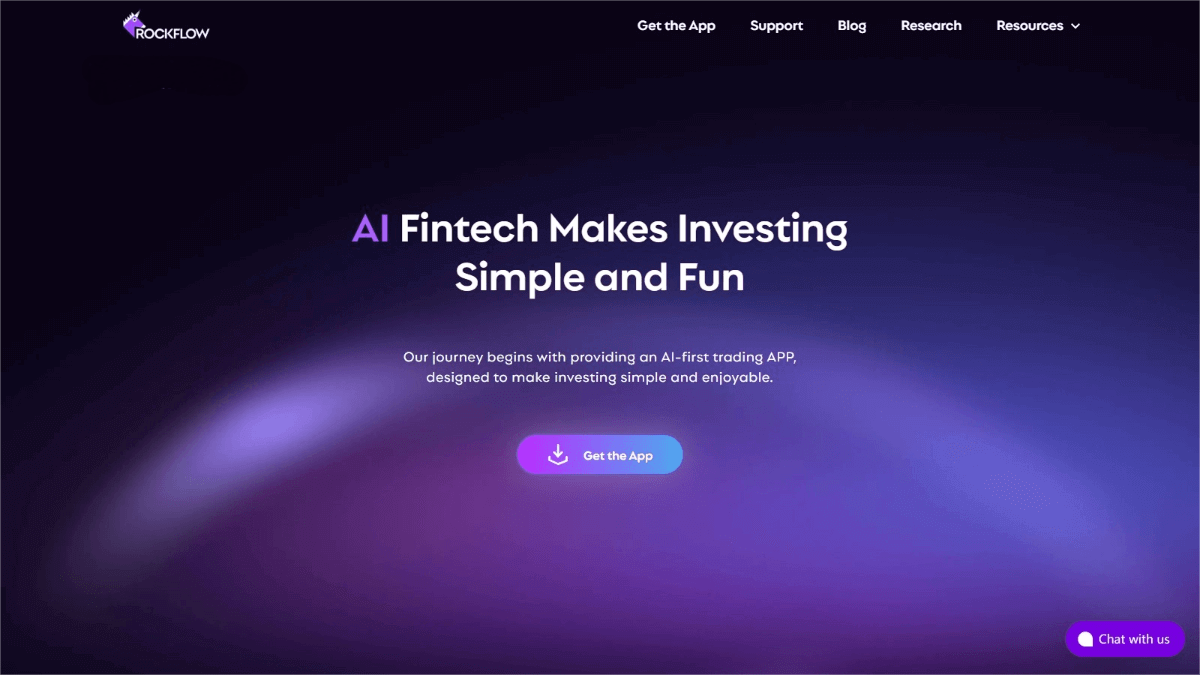II – Agent – An open – source general AI Agent framework on the Internet
What is II-Agent
II-Agent is an open-source agent framework that streamlines and enhances workflows across multiple domains by interacting with large language models (LLMs). It offers a wide range of core functionalities, including research and fact-checking, content generation, data analysis and visualization, software development, workflow automation, and problem-solving.
II-Agent is built on a core agent architecture that interacts with LLMs. It dynamically adjusts contextual prompts, manages interaction history comprehensively, and intelligently handles token limitations. Equipped with planning and reflection capabilities, it can decompose problems, perform sequential reasoning, and make transparent decisions. In terms of execution, II-Agent supports intelligent code editing, file system operations, and advanced web interactions. It features powerful context management and real-time communication capabilities, including token usage estimation and optimization, and supports interactive usage via WebSocket.

Key Features of II-Agent
-
Research and Fact-Checking: Supports multi-step web search, source triangulation, structured note-taking, and rapid summarization.
-
Content Generation: Capable of generating blog and article drafts, course outlines, creative writing, technical manuals, and websites.
-
Data Analysis and Visualization: Offers data cleaning, statistical analysis, trend detection, chart creation, and automated report generation.
-
Software Development: Provides code synthesis, refactoring, debugging, test writing, and step-by-step tutorials across multiple programming languages.
-
Workflow Automation: Enables script generation, browser automation, file management, and process optimization.
-
Problem Solving: Performs problem decomposition, alternative path exploration, step-by-step guidance, and troubleshooting.
-
Multiple Interaction Modes: Supports both Command-Line Interface (CLI) and WebSocket API for flexible user interaction.
-
Dynamic Contextual Prompts: Enhances interaction efficiency by adjusting prompts based on dynamic context.
-
Multimodal Processing: Capable of handling text, images, audio, video, and other data formats.
-
Deep Research Integration: Integrated with the GAIA benchmark to assess agent performance in real-world scenarios.
Technical Principles of II-Agent
-
Core Agent Architecture and LLM Interaction: Dynamically adjusts contextual prompts, fully manages interaction history, intelligently handles token limits, systematically selects LLM capabilities, and improves performance through execution cycle iteration.
-
Planning and Reflection: Uses structured reasoning to solve complex problems by decomposing them, engaging in sequential thinking, making transparent decisions, and forming and testing hypotheses.
-
Execution Capabilities: Supports intelligent code editing, secure command-line execution, advanced web interactions and browser automation, task completion, and report generation.
-
Context Management: Estimates and optimizes token usage, strategically truncates long interactions, and archives large outputs as files.
-
Real-Time Communication: Provides an interactive WebSocket-based interface, offering isolated agent instances for each client and streaming operational events for a responsive user experience.
Project Repository of II-Agent
-
GitHub Repository: https://github.com/Intelligent-Internet/ii-agent
Application Scenarios of II-Agent
-
Intelligent Customer Service Systems: Leverages natural language processing to understand user queries and provide fast, accurate responses, greatly enhancing user experience.
-
Smart Investment Advisors in Finance: Uses big data analytics and machine learning to offer personalized investment advice and help users manage their portfolios.
-
Medical Diagnosis and Treatment Recommendations: Assists doctors in diagnosing diseases and recommending treatment plans, improving both speed and accuracy of diagnosis.
-
Intelligent Tutoring in Education: Analyzes student learning behavior data to provide personalized tutoring suggestions and enhance teaching efficiency.
Related Posts




